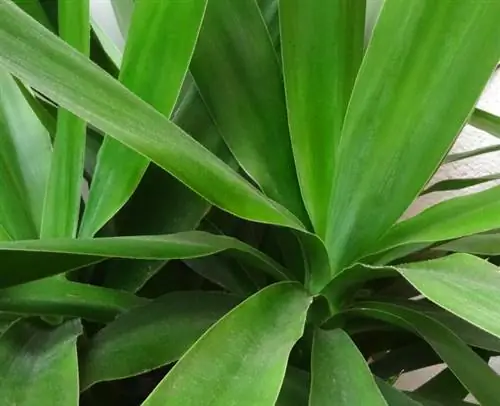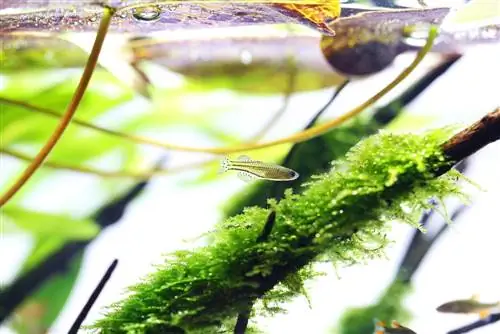- Author admin [email protected].
- Public 2023-12-16 16:46.
- Last modified 2025-01-23 11:20.
Feverfew - a wild plant that used to be valued as a medicinal plant and can survive without care both then and now. But in order to extend the flowering period and keep diseases and pests at bay, it is advisable to at least care for the feverfew a little.

How do you properly care for feverfew?
Feverfew should be watered regularly and fertilized in spring. To extend the flowering period, cut away old flowers. Protect young plants from snails and ensure there is sufficient planting distance to prevent fungal diseases.
Should you overwinter feverfew?
This perennial is perennial (hardy down to -12 °C) and can easily be re-sown in spring if necessary. However, if you live in a harsh region, simply place a layer of brushwood over the perennial's root area in late fall.
What should you consider when watering in spring and summer?
You can easily use hard water for watering. Feverfew loves calcareous soils:
- It's best to keep the soil slightly moist
- pour directly onto the root area
- Heat and dryness are tolerated for a short time
- especially young plants should be watered regularly
What is the best way to fertilize feverfew?
From May to September, feverfew theoretically does not need to be fertilized as long as it was planted in nutrient-rich soil in spring. From the second year onwards, fertilization with compost makes sense in spring. For potted plants, use a regular flower fertilizer.
When is feverfew cut and why?
There are many reasons to visit the feverfew armed with secateurs:
- to stimulate the formation of new flowers
- to harvest the herb
- to use the flowers as cut flowers (they last a long time in the vase)
- to keep the growth bushy (cut back at the base in spring)
Between the end of July and August the first wave of flowers is over and you can cut away the old flowers. New flowers are then formed. Even if you want to prevent self-sowing, you should remove the flowers in good time before the seeds ripen.
What pests can occur?
The young feverfew is attractive to snails. It may therefore make sense to build a snail fence (€29.00 on Amazon) or another natural barrier around the young feverfew. When grown in pots, feverfew is often susceptible to aphids and spider mites in dry conditions.
Tip
Plant the feverfew at a generous distance. Otherwise, the lack of space and the crowding at the location increases the susceptibility to fungal diseases.






